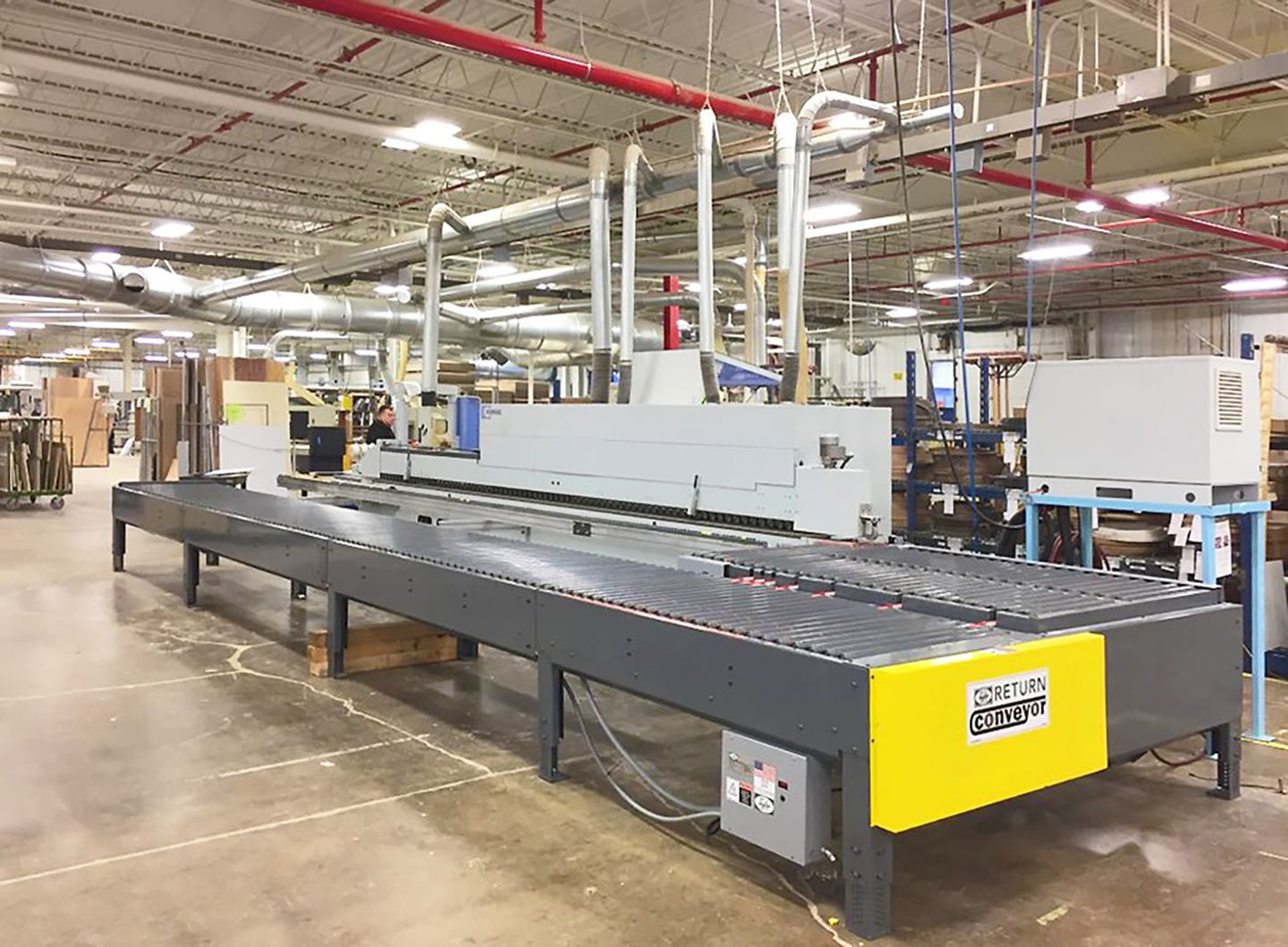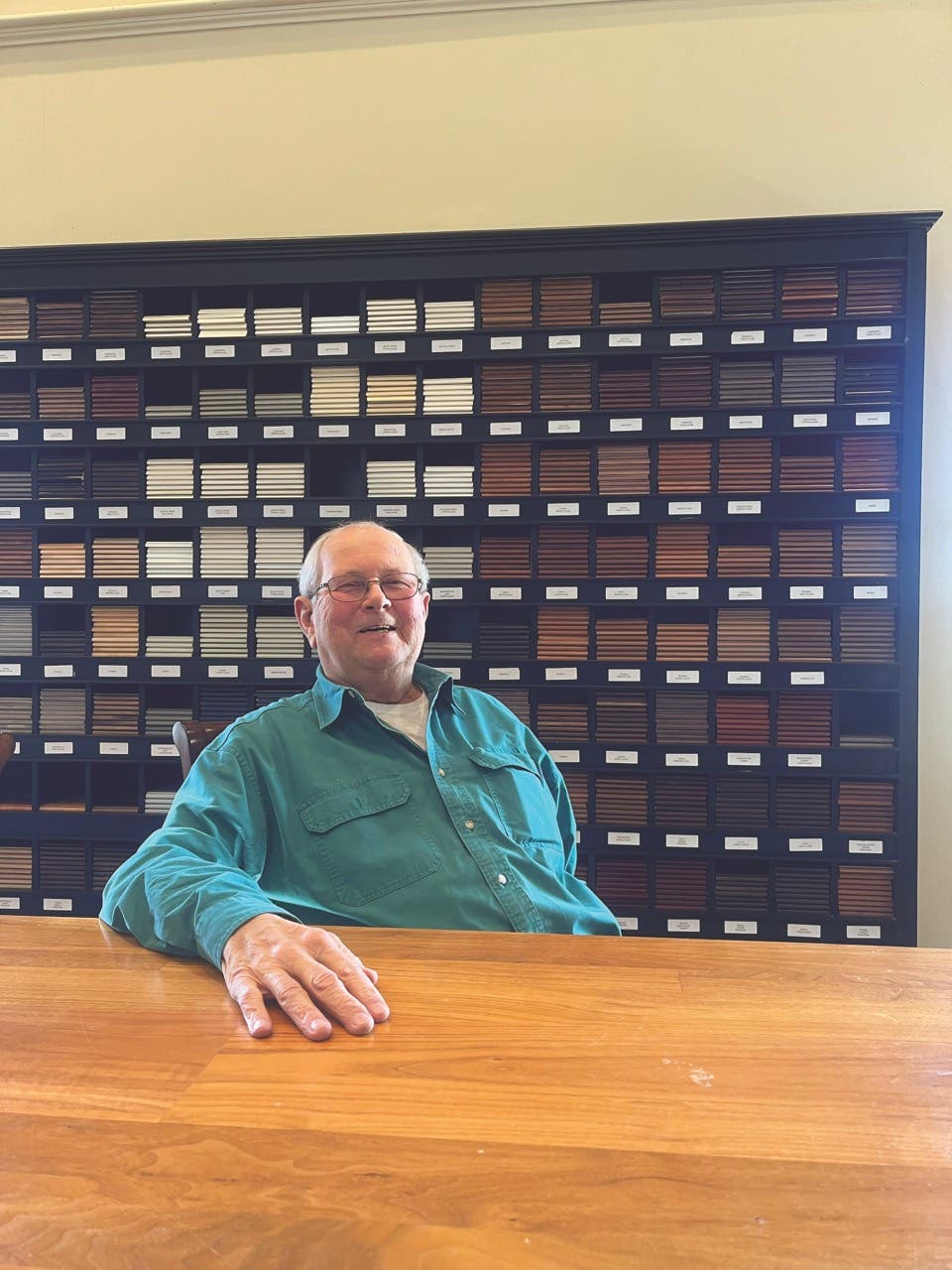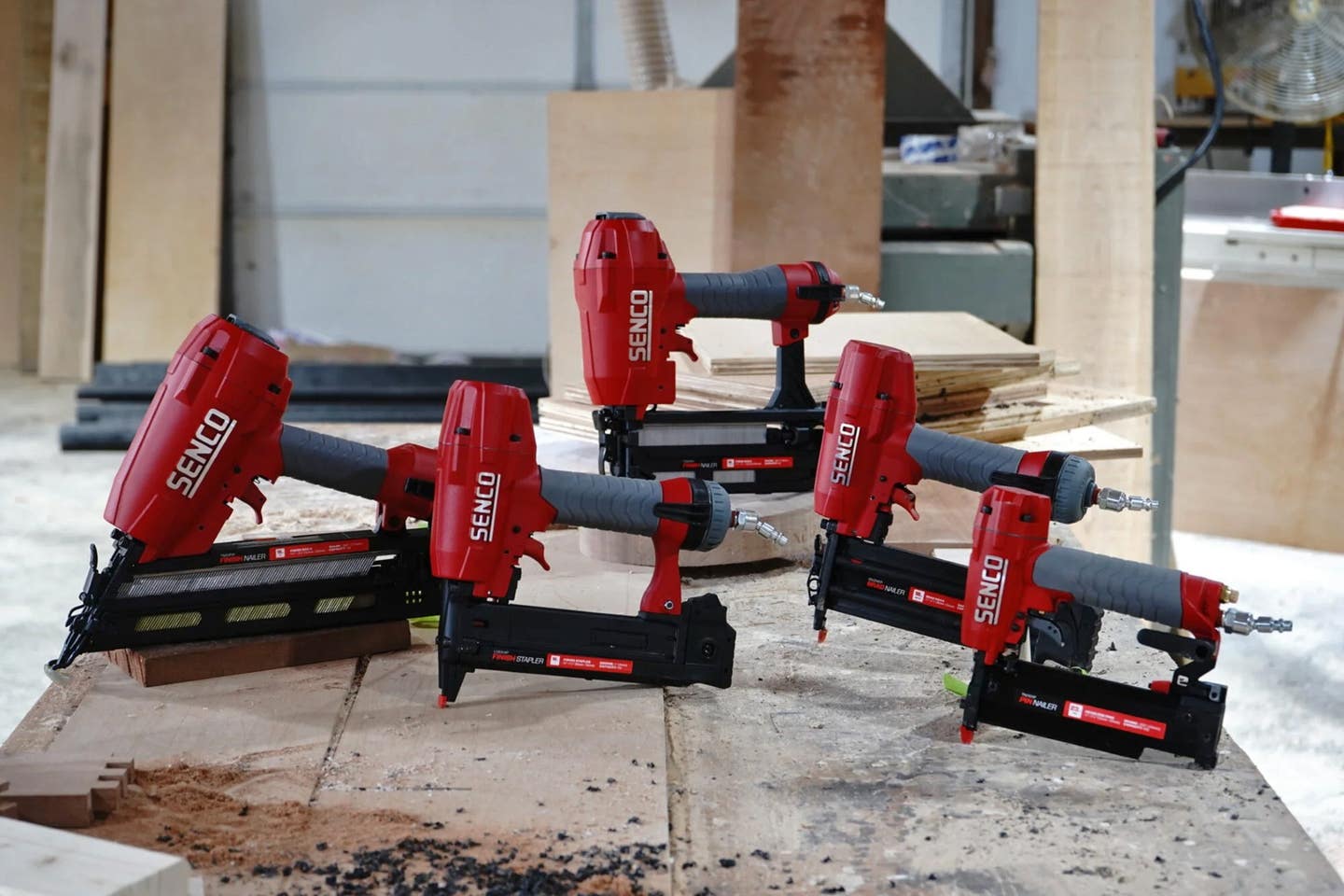Stand out from the rest
As the owner of a small- to medium-sized woodworking business – whether it be building custom furniture, cabinetry or architectural millwork – proper marketing strategies have never been more critical…
As the owner of a small- to medium-sized woodworking business - whether it be building custom furniture, cabinetry or architectural millwork - proper marketing strategies have never been more critical than they are today. The recession has significantly impacted the way businesses operate and, in many cases, has changed how shops promote themselves.
{loadposition position10}
Woodshop News spoke with a variety of shop owners, show promoters and other industry-related personnel to identify their latest marketing methods. Business owners representing a cross-section of the woodworking industry share their strategies.
Web sites
Shop owners have mixed opinions about the importance and relevance of Web sites. Many acknowledge that maintaining an updated site is a burden; a few would even go so far as to call it a drag. On the other end of the spectrum, many woodworkers update the text and visual content of their sites meticulously - some even on a daily basis.
Michael Humphries is the owner of Michael Humphries Woodworking Inc., an 11-man cabinetry, millwork and furniture shop in Northfield, Mass. He recently updated his Web site, which initially consisted only of a home page that provided a limited amount of links and options. Now, it is state-of-the-art, allowing viewers a wide variety of dynamic offerings.
"We originally had a single-page kind of Web site," he says. "You could click on something and then you could go to something else. It had choices, but it wasn't constructed the way this one is."
Humphries heard indirectly from a potential client that his Web site "wasn't very professional." What followed was a seven-month effort that resulted in his new site.
"I think people who do make it to a Web site want to be impressed by presentation and pictures. You are packaging your company online and that is going to have a lot of sway with people who care about packaging. We went online the beginning of November and did an e-mail blast. We're still developing a blog. But we feel it is critical to get to the end user, not necessarily the contractor or the architect."
Multiple options
Dave Boykin opened his Denver-based custom furniture business in the mid-1970s. For more than 30 years, Boykin-Pearce Associates has been recognized in the Rocky Mountain region for its innovative designs and high-end furniture. Boykin has utilized a variety of marketing strategies through the years, ranging from an old favorite - mailing postcards to former customers, interior designers and architects - to a similar, but more modern approach with e-mail blasts. He has even extended his advertising effort to listing furniture on eBay.
"We did a pair of bedside tables recently that as soon as they were developed I felt they would be a good candidate to do a limited run," says Boykin.
"A few weeks ago we were slow in the shop, so we made a short run of four of them. I decided to explore ways to market them in the coming weeks and that's where I am now. I've e-mailed a number of designers that I've worked with to get their input on the marketability of them as well as an idea of what stores or galleries they would recommend. Before going down that route, I've put together an e-mail campaign where I'm presenting these tables at a specialty-priced limited run to about 900 clients from my database. I'm also going to send out about 500 postcards."
Shows
The number of events promoting professional custom furniture makers has dwindled in the last decade. Three of the more prominent shows are the Fine Furnishings & Craft Shows in Providence, R.I., Milwaukee and Baltimore. The shows, presented by Karla Little, owner of KL Communications, offer a rare opportunity for custom woodworkers to showcase their talented works - frankly, to proudly strut their stuff.
"Our shows offer face-to-face marketing, the touching, feeling, meeting somebody and developing a relationship opportunity," says Little. "You have to look at the shows because they can provide you sales, orders, commissions and leads.
"I think it would be wise for anybody, including the furniture makers to look at what shows make sense to them from both a geographic standpoint and also from a focus-of-the-show standpoint. That's not always possible. If they do better in what are primarily furniture shows - like mine and the Philly show - then that makes sense."
The success of shows ultimately depends on the quality of the exhibitors. David Stine, owner of David Stine Woodworking in Dow, Ill., has traveled the country during the last year, showing his wares at more than a dozen shows. He has displayed his furniture at various themed shows in venues from Salt Lake City and Jackson Hole, Wyo., Baltimore and Providence, R.I.
Stine admits that 2010 will be a different story. He will attend fewer shows, catch up on his sleep and give his odometer a break. Despite the adversity of the show circuit, he readily acknowledges it has its benefits.
"As far as gross sales, this has been my best year ever, so doing all the shows was totally worth it," says Stine. "I'm doing a better job keeping myself in front of people and also I'm a firm believer that this year was a really good time for us to push out because so many other people were pulling in due to the economy.
"I was able to do several shows that I may not have been able to get into in the past. I always took everything that I had in my inventory and I bet that at least five or six of the shows, maybe even more than that, I received a larger presence and more space for free or at a nominal charge. So, for the same money or even less, I was able to make a bigger impact this year. I'm hesitant to pull back on doing the shows because we have been successful this year with them."
Web promotion
CustomMade.com is one of several online options for cabinetmakers and furniture makers to display a portfolio of their work. The Web site supplies marketing benefits for small, medium and even larger cabinet shops with dedicated divisions that focus on custom jobs.
"The first benefit is that we have a very large audience of qualified buyers browsing through our Web site each day searching for quality custom-made woodworking," says Michael Salguero, president of CustomMade.com. "This year we will have brought in over 700,000 customers, a number which we are dedicated to increasing in 2010.
"Every woodworker that we meet asks us different questions, shares different advertising/marketing experiences and tells us what they have and have not done in the past. But we all focus on one common goal - to reach as many prequalified prospects for the smallest investment possible and, in turn, get as many good jobs as possible.
"Really, the way to look at it is we are trying to build up the market for custom woodworking by making it easier for consumers to find a custom woodworker they are looking for. This ease will help grow the market for everybody. We are out there every day trying to convince people to consider custom the next time they are making a purchase."
Magazines
Richard Loper is the owner of El Dorado Woodworks, a four-person shop in Houston that specializes in building Arts and Crafts furniture. His clientele represents a small portion of the buying public, but undeniably it is a very dedicated group. Through American Bungalow magazine he has found a nationwide audience that is specifically interested in his style of work.
"I specialize in the Arts and Crafts and there is an incredible following for that particular style," says Loper. "There are several magazines out there dedicated to that style. American Bungalow is a perfect marriage of me wanting to get the word out and people wanting to learn about that style of furniture. Before the recession hit, I would say 90 percent of my business came through American Bungalow. It's been incredible; I've been in there over 10 years. There are a lot of Arts and Crafts magazines out there, but this one is the cream of the crop."
During the last year, Loper has undertaken a new marketing strategy, using the social networking site Facebook as a method of updating clients on the progress of their projects. It's an easy program to navigate, and the price is right - it's free.
"I put it up for people that are fans, but potentially it could be something much greater," Loper says. "What that affords my so-called 'fan base' is that they can follow along on projects that we're working on."
Scott Ernst, principal of Scott Ernst Custom Woodworks in La Cueva, N.M., has had some unexpected success with Facebook with the sale of a desk to a new Los Angeles lawyer.
"About nine months ago, she found [my page] and started asking questions about the price and what it's made out of. I forgot about her until I received an e-mail, saying 'I'm taking the bar exam and I want to celebrate with a new desk,' " says Ernst.
The sale has opened Ernst's eyes to the possibilities of Facebook.
"I realized that young people, fixing to be rich pretty soon, communicate through Facebook," he says. "My generation is about finding people and living in the past. My younger brother's generation; they do everything on Facebook.
"You can have a personal Facebook page or a business Facebook page. And with a business page, you're not called a friend anymore, you're called a fan. Then you build up your fan base. Basically what you're doing is blogging, making sure that at least once a week you post something new about what you are doing. I've also sent out e-mails to all of my decorator contacts to let them know how to follow me on Facebook."
This article originally appeared in the January 2010 issue.







